Censored Secrets: French filmmaker, Mirabelle Fréville, on The Reel 11004

Is it true that this footage fell into your possession by accident? Can you tell us about that?
Yes, it is true, I discovered it at the National Archives & Records Administration (NARA) in Washington seven years ago. I was the co-writer and librarian on L’or Rouge, a film about blood segregation during World War II, made entirely from archival footage I found from all around the world. People think that everything is digitized and on computers in such large libraries and archival institutions - this is not so. So much is still only available on 16 mm or 35 mm film that you must use editing tables to view. If you dig deep, you can find original “rushes,” in addition to edited films. During the two weeks I spent at NARA, I watched hundreds of rushes. Early in the morning, I would order the spools I’d discovered the day before, and occasionally I’d get an ID number wrong. One day, while I was waiting for a black & white film about Commander Tōjō’s blood transfusion at a hospital in Tokyo in 1945, the “11004” reel accidentally appeared on my order cart. I loaded the copy onto the editing table, not knowing it was the wrong reel. I first noticed images that were shot in a hospital, showing evidence of some kind of explosion or bombardment: a gashed hand, a damaged wall, broken glass, a stained blanket. It then became evident, as we watched more of the reel, that these fragmented images which seemed insignificant initially were part of a profound occurrence. Images appeared of scarred Japanese faces, the burned back of a child, a piece of glass sticking out of a victim’s arm, a large bald spot on the head of a little boy. We pieced together where and when these scenes had been shot when we saw the claps (“Hiroshima,” “Nagasaki,” 1946).
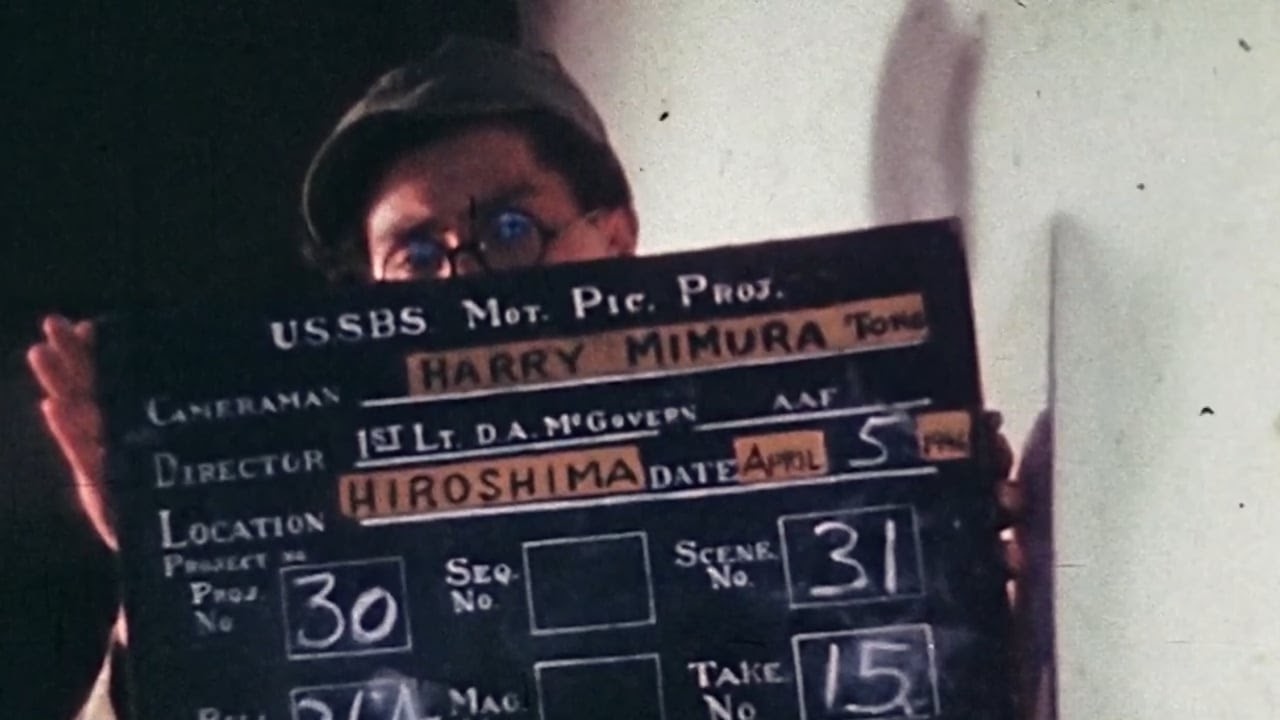
Can you describe for us what you felt and thought after watching the footage for the first time?
I was deeply touched by what I came to understand was depicted in the film, and I was amazed by the raw material I had in front of me. This collection of fixed shots was very significant. I knew this right away. The images puzzled and overwhelmed me. Each shot coldly testified to the effects of this massively destructive bomb. The patients were being filmed like laboratory animals - it was like documentation of a scientific study, this footage. The peoples’ stares were blank, their eyes lowered, as if crushed by shame. Beyond the visible wounds, we perceived a destructive yet invisible aftermath of the bomb. The Reel was silent and in color! In Kodachrome specifically, a film with very fine grain and sometimes saturated in a dominant red coloring. I was surprised and confused by the fact that it was in color. The film culture around Hiroshima and Nagasaki is almost always in black & white - Black Rain by Shôshei Imamura, Hiroshima Mon Amour by Alain Resnais, for example. Current affairs films of that time. This reel being in color created an unexpected connection to the event and an intimacy with the survivors. Honestly, the impact of the situation’s reality and the disbelief we felt while watching the footage was unsettling. The use of color and the closeness of the subjects reminded me of family home movies, and that effect heightened the emotional impact of the viewing experience. Moved deeply by the treatment and the subject matter, I knew immediately that I wanted to make a film out of this footage. As soon as I returned to France, I got to work.
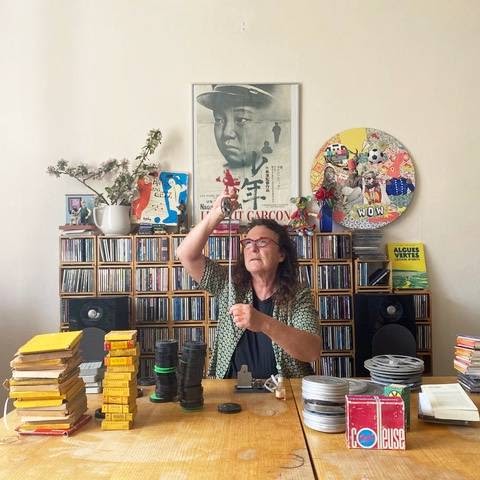
Sound plays a significant role in the storytelling, as does the absence of sound - your choices were fascinating. President Truman’s speech in the background while we see images of wounded Japanese, the german speech, then some Japanese music … but most often silence. Can you share with us a bit about the sound production process?
The sound was the most difficult portion of the process. The “color” of the sound had to be as unique as that of the images. With the reel being silent, the soundtrack needed to have a preponderant place and drive the film’s narrative. Using multiple artifices of sound, I worked to bring out a dull and silent presence of the atom. I wanted to acknowledge the feelings of uneasiness created by visions of the diseased victims with soundscapes mingled with strange atmospheres. I also wanted to bring details around the hospital activity to life. The sound gave me the possibility of zooming in, of emphasizing elements that seemed significant and telling to me. I entrusted the work to sound designer, Margarida Guia, as well as film editor, Denis le Paven. Magarida did her part upstream of the editing, and Denis during. We never tried to illustrate the images with literal sound. Rather we suggested messages and ideas from the film’s silence, the muted bits of The Reel. We managed to discover the film’s “dialogue” through the pain, and what we didn’t hear - what we could imagine was occurring off-screen - that was the storyteller. Margarida created numerous sounds herself, while Denis and I searched sound banks for well-suited existing options. From the beginning, I knew I wanted to include the speech of Harry Truman to establish the first bombing (the explosion of which we do not see) and to introduce the American nuclear policy from the propaganda movie of 1948. The soundtrack continued to evolve and grow up until the very last day of editing. It was a critical component to be sure.
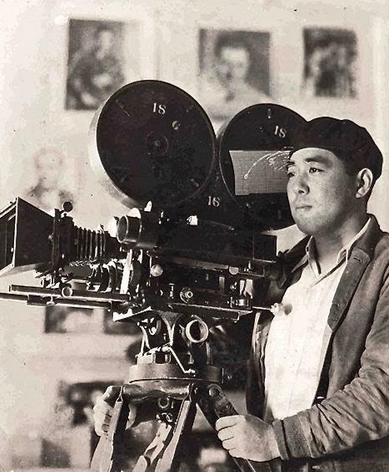
In your research what were you able to uncover about the origin of the film, and did you learn why it was shot in color?
Most war films were indeed shot in black & white. The exception was those made under the auspices of The First Motion Picture Unit (part of the U.S. Air Force), such as Memphis Belle: A Story of Flying Fortress by William Wyler. The Reel 11004 however was part of a post-war project produced by the U.S. Army called The Defeated Japan, meant for the general public. It was intended to be distributed and shown across the U.S., and Warner Brothers was asked to be the distribution partner - so it had to be shot in color! With a substantial budget, it was shot in 19 Japanese cities by four operators, three Americans and one Japanese, Akira “Harry” Mimura. The film needed to take into account daily life in “non-atomized” cities, and in Hiroshima and Nagasaki. Mimura was a U.S. film student and began his career in the States before returning to Japan at the start of the war. He was hired for the The Defeated Japan crew for his skills and dual culture, but he’d never shot in color. One of his collaborators recounted that throughout the film Harry often pulled out a small book called “How to Film in Color,” and clearly he picked up the skill successfully.
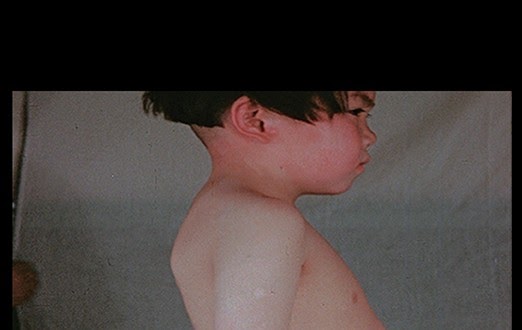
What did you learn about the censorship of the footage and/or the censorship of nuclear history in general?
I had to do a great deal of research to determine how best to create a political film, which was my goal from the beginning. I researched libraries, watched war film footage, documentaries, politicians’ speeches, etc. The moment I discovered Truman’s speech, I flagged it immediately for use in the film. When I realized The Reel had been censored, I tried to find out which films about atomic energy the Americans had shown after the war. I learned that each atomic test was systematically filmed, and that in 1948 when the images in The Reel of Japanese wounded should have been released, a documentary was released instead featuring magnificent atomic mushrooms promising a bright nuclear future! I’ve actually thought about paralleling that film with The Reel. Anyway, I worked with Japanese, American and Australian historians whom I met in Hiroshima and Nagasaki, and who educated me about censorship. I also met hibakushas (actual bomb victims), and they explained that they were forbidden to speak about the effects of the bomb during American occupation, due to censorship policies. Meanwhile, the first nuclear power stations were being built on the archipelago (in 1954 Japan launched its nuclear research program), and throughout the 60’s Japan was engaged in its own era of nuclear power production.
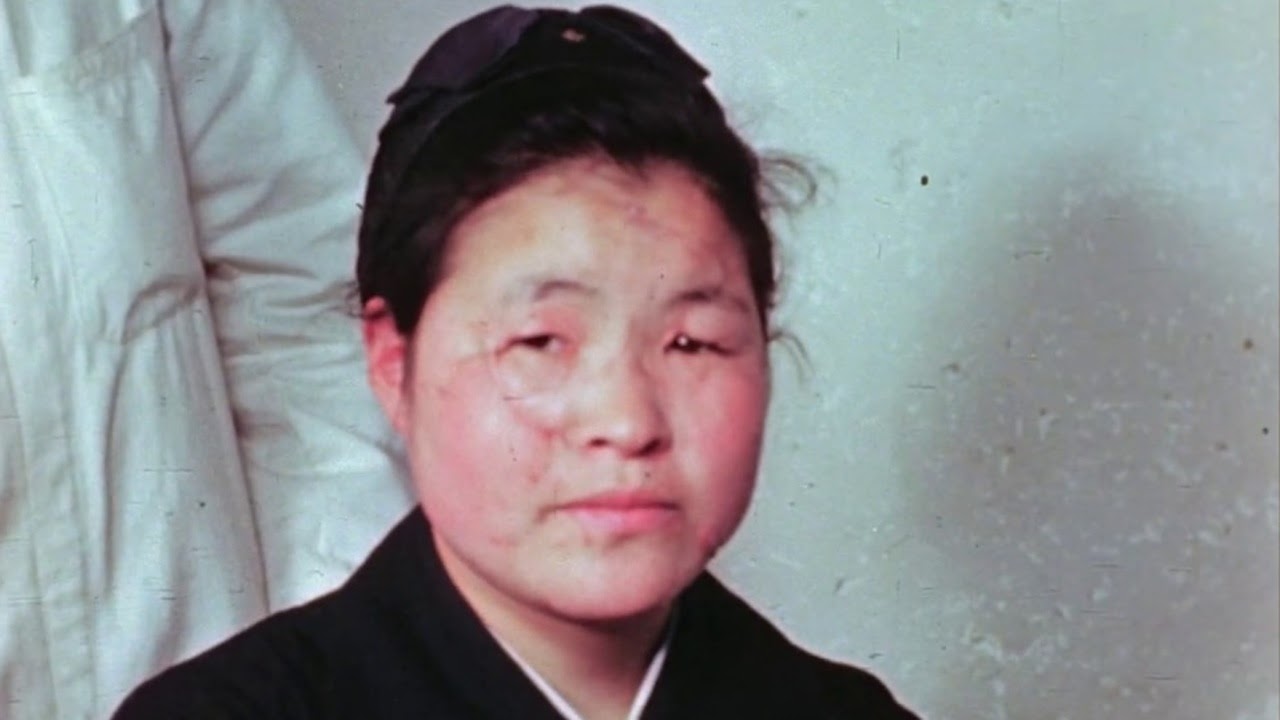
What would you like for the SPYFLIX audience to take away from The Reel 11004?
That they should contact their politicians and request that they help drive the development of renewable energies. And also, my objective in making The Reel 11004 was to denounce the first nuclear censorship. I want to suggest to the viewers that, not only did the bomb have fatal consequences its short-term aftermath, but there long-term consequences resulted from the Hiroshima and Nagasaki bombs that still exist today. I believed these images deserved to be seen. The victims deserved to be seen. Creating the film was as much about emotion and humanity as it was about documentation and historical revelation. As stated in André Bazin’s essay, Ontology of the Photographic Image, “We are not born an archive image, we become it. The ontological value of the image serves to save the missing from a second spiritual death.” And of course, I want to bring awareness to the hibakusha, the bomb victims. They were never actually seen. They deserve to meet our eyes, and they deserve the attention and acknowledgement they were deprived of tragically.
"The brand new social experience where you activate your gaming skills as you train like a spy."
- TimeOut
Take on thrilling, high-energy espionage challenges across different game zones.

SPYSCAPE+

Join now to get True Spies episodes early and ad-free every week, plus subscriber-only Debriefs and Q&As to bring you closer to your favorite spies and stories from the show. You’ll also get our exclusive series The Razumov Files and The Great James Bond Car Robbery!


Gadgets & Gifts
Explore a world of secrets together. Navigate through interactive exhibits and missions to discover your spy roles.
Your Spy Skills
We all have valuable spy skills - your mission is to discover yours. See if you have what it takes to be a secret agent, with our authentic spy skills evaluation* developed by a former Head of Training at British Intelligence. It's FREE so share & compare with friends now!
* Find more information about the scientific methods behind the evaluation here.


Stay Connected
Follow us for the latest
TIKTOK
INSTAGRAM
X
FACEBOOK
YOUTUBE